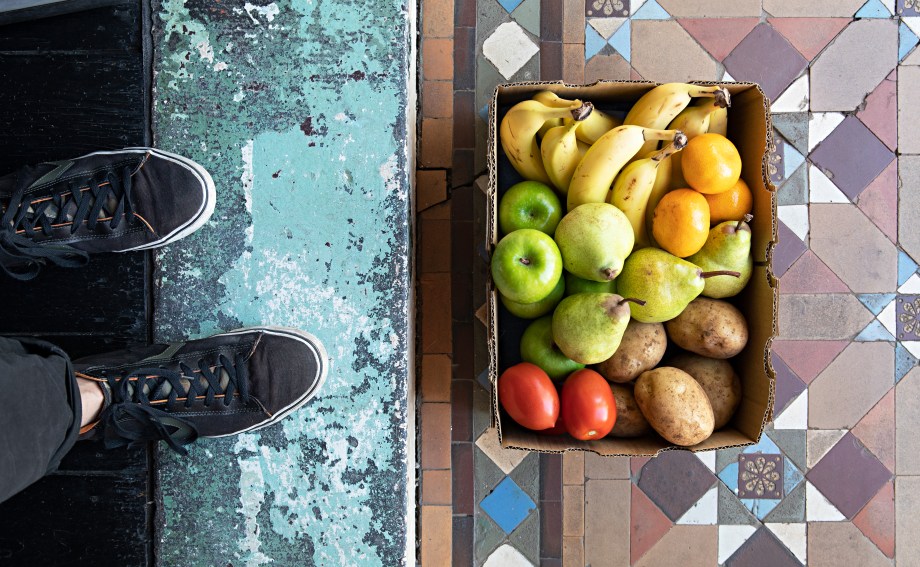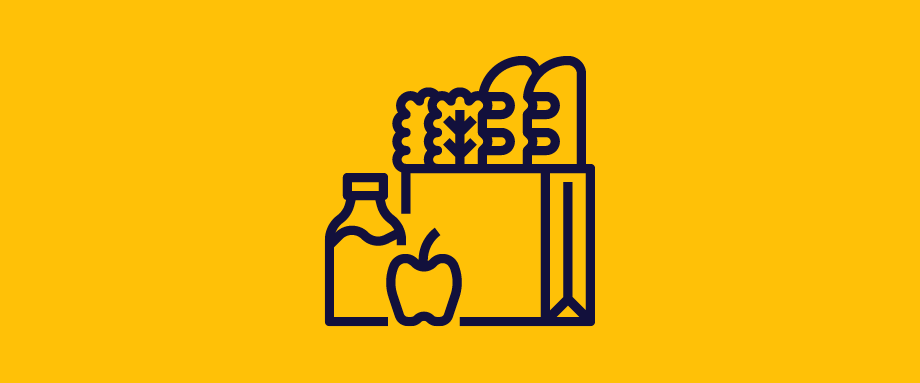We at Saucal are grateful to all the frontline workers who are working so hard to keep us healthy and safe, including all the doctors, nurses, cleaners, orderlies, and everyone working in the medical field. But if the pandemic has taught us anything, it’s that the frontline is much bigger than we realized, and it includes so many working in fields we’ve basically taken for granted, like the grocery industry.
If that includes you, thank you. Because of you, many of us are healthy, safe, and able to get the provisions we need to shelter at home comfortably.

It’s no secret that grocers are facing unprecedented challenges, and, over the course of the pandemic, they’ve had to learn how to change the tires while driving the car. We know because several grocery stores and chains have reached out to us looking for advice on how to handle the volume of orders they’re now getting.
So if you’re a grocer, we’ve written this article to help you as you look to improve your digital response to this strange moment in time.
Most grocers have seen a massive uptick in grocery sales. That would be better news if it were all going smoothly. But for many, it’s not, and that includes the dozens of co-ops and local grocers across the US and Canada who are struggling around pickups and deliveries.
In fact, even grocers who came into the pandemic with fully functioning online stores and established curbside and delivery procedures have had their day to day operations disrupted.
There are, essentially, 3 ways to take orders at the moment. Here are the ups and downs of each one:
Over the phone or by email:
Grocers that have a website with no online store are taking CC details over the phone and over email when customers place orders. It’s an obvious solution when no other alternative is present and it lets a store be a reassuring voice at the other end of the phone in a very scary time. But it takes a lot of staff time, leaves more room for error, and it leaves most stores unable to accommodate the volume of orders now with so many in isolation and in quarantine. There is also the security risk, and any compliance breach can be dangerous and very costly.
A store built for you “for free”:
A new alternative has emerged wherein a software agency will offer to build you an online store for “free.” Of course, it’s not really free because, while there’s no upfront cost, they’ll take a portion of the revenue generated from the sale of goods through the online store. Now for some with low revenues but who still struggle to keep up with over the phone orders, it could be a good interim solution. It’s definitely safer than taking orders over the phone and email. But you could pay more over the long term, maybe even tenfold or more.
An online store – various options:
Most grocers we’ve spoken to have decided to offer curbside pickup and/or delivery. But how they’ve done it has varied.
Instacart makes it easy to offer delivery without having to deal with hiring drivers and dealing with the added liability and cost of owning company vehicles. Like Uber, the majority of charges for these services appear to be paid by the shopper, but some customers complain about unexpected surcharges which add to the delivery fees and tip. Some stores also find it difficult to maintain brand standards when involving a third party company, no matter how evolved.
And then there is the elephant in the room: you don’t own your store and are at the mercy of an ever-growing, big-tech partner who could, in fact, one day become a competitor of the grocery retailers it serves right now.
Owning your own store:
Some grocers are electing to build their own stores. It’s the safest and most cost-efficient option in the long run. After all, you’re not giving a percentage to someone else for the life of your store and you’re not beholden to a giant tech company who holds all of the cards right down to being able to kick you off of the platform if it saw fit.
But it is more expensive upfront. And where stores run their own delivery systems, the home delivery function contributes to higher labor cost — 15-20 percent of gross compared to 11-13 for stores without delivery.
Some grocers get around the delivery costs by offering curbside pickup only. It’s more affordable and easier to manage than delivery. But parking and local traffic flow pose their own set of challenges which predate COVID-19 and will remain once the virus is under control. Doing curbside pickup only also leaves many of your more vulnerable customers who need delivery unable to shop with you.
Now, of course, online stores have to be maintained, and your store is only as good as your developer. And finding the right software developers can be daunting, especially when building your first online store. Plus, not every developer can help you with your specific problem.
For example, if you have an online store and it’s crashing unexpectedly, does your developer know how to determine if your plugins are decrepit or if it’s time to switch to a different host. Maybe it’s both? How can you be sure that what they are telling you is right unless you know how to write code? And not fixing software issues can cause vulnerabilities that lead to security breaches, lost customer data, and headaches. But we’ll have some tips in the coming editions to help you navigate some of these potential pitfalls.
While there’s no one, perfect one-size-fits-all solution for every grocer, there is an ideal solution for each individual store, one that’s based on specific needs and resources. Take a look at McKeen Metro, a grocer who has been able to better look after their community and staff while growing their business by having a well oiled, fine-tuned online store.

